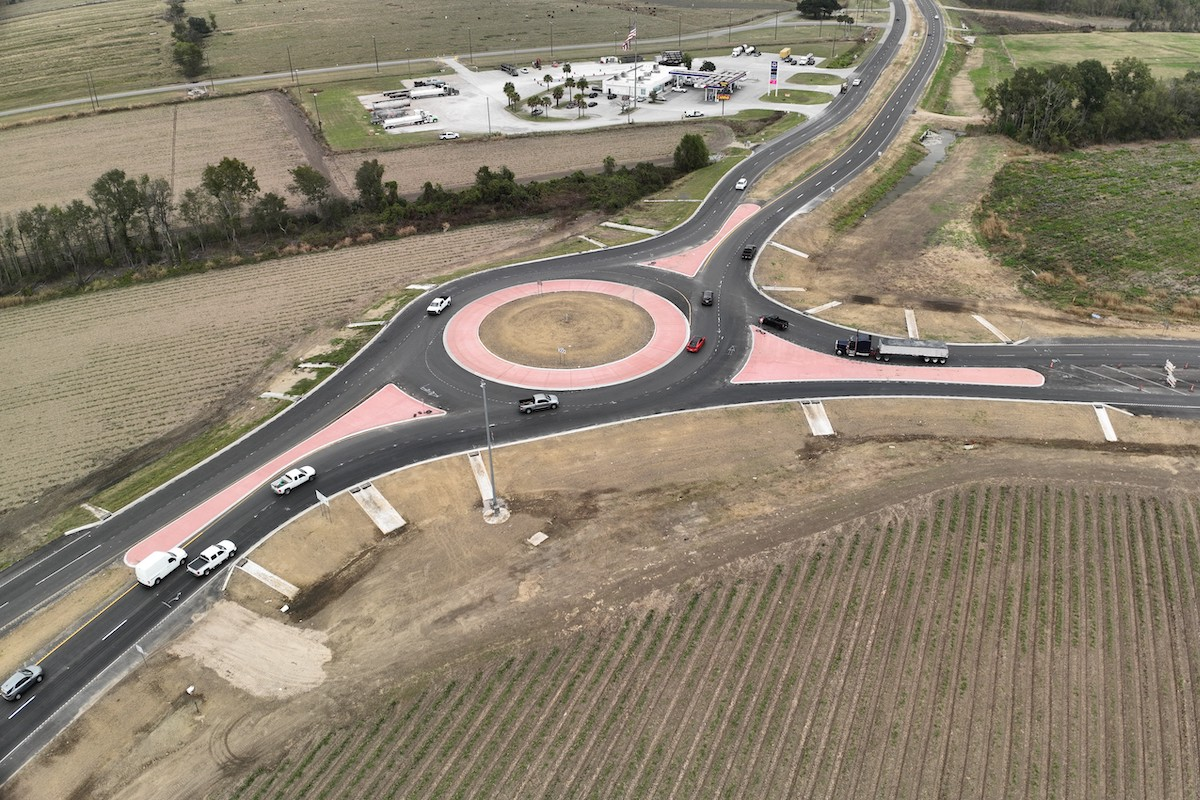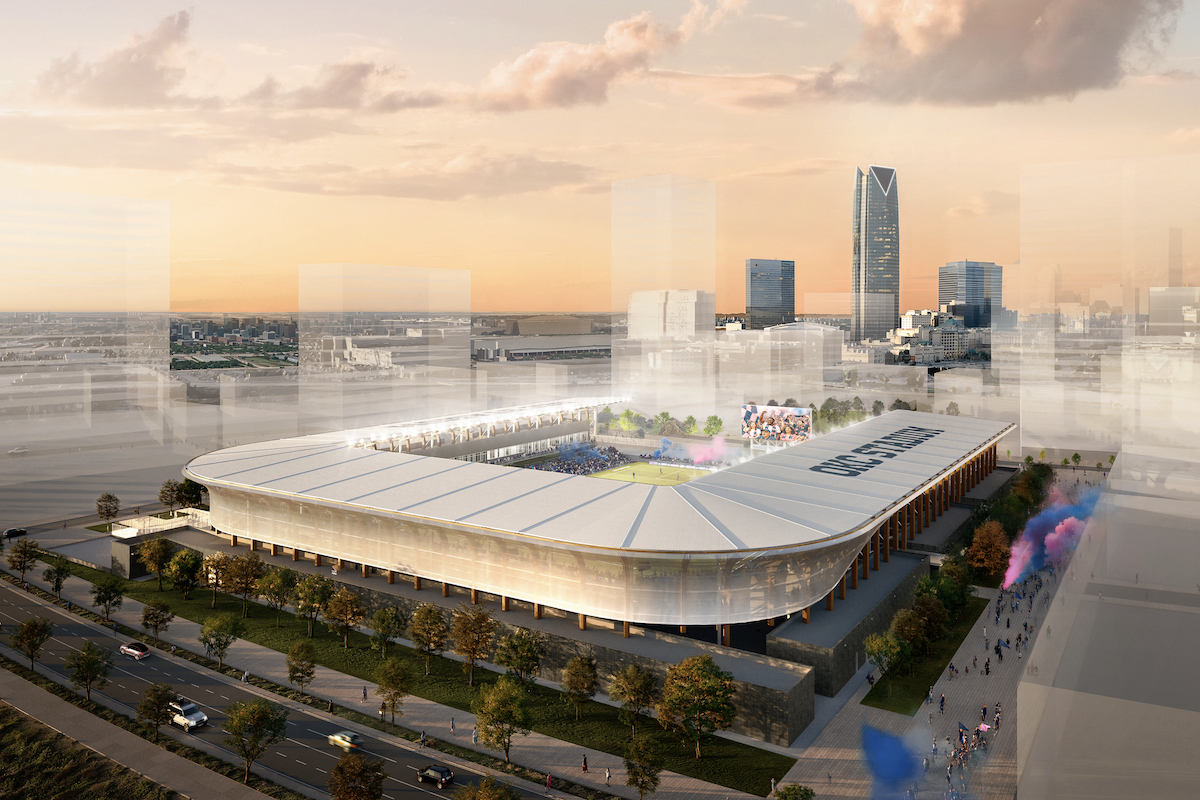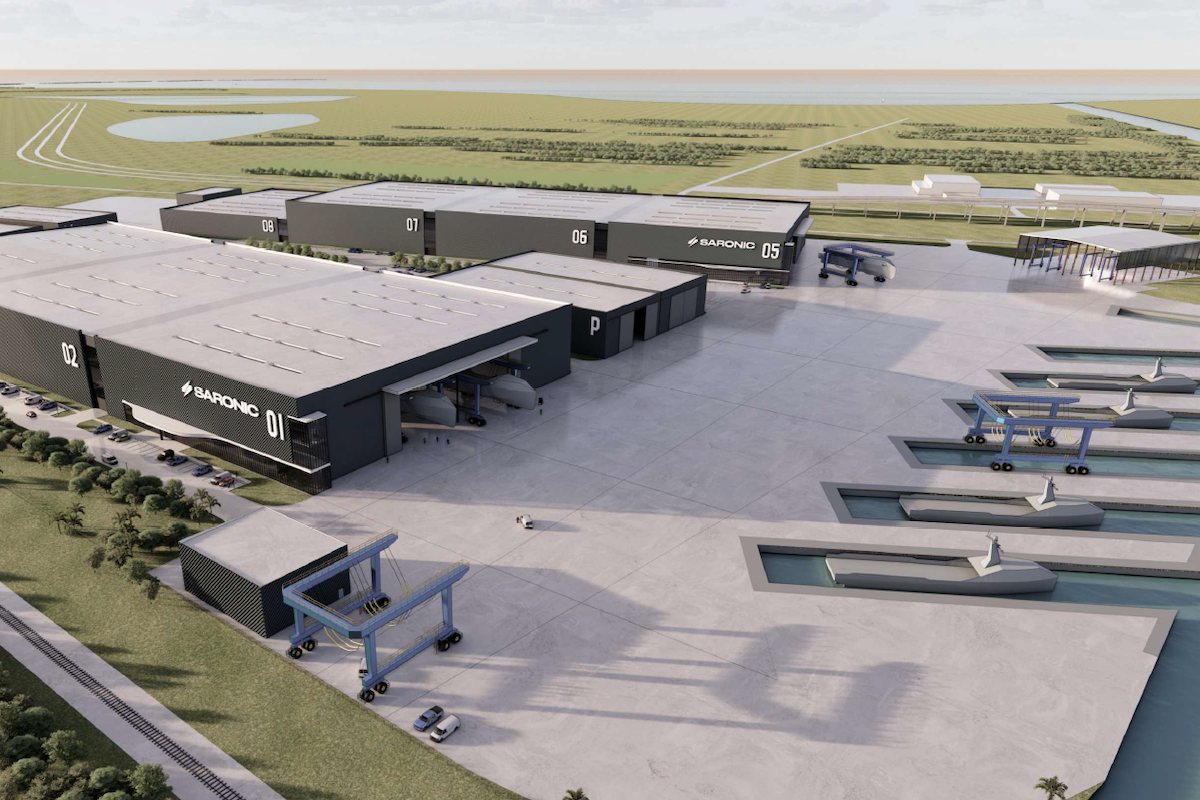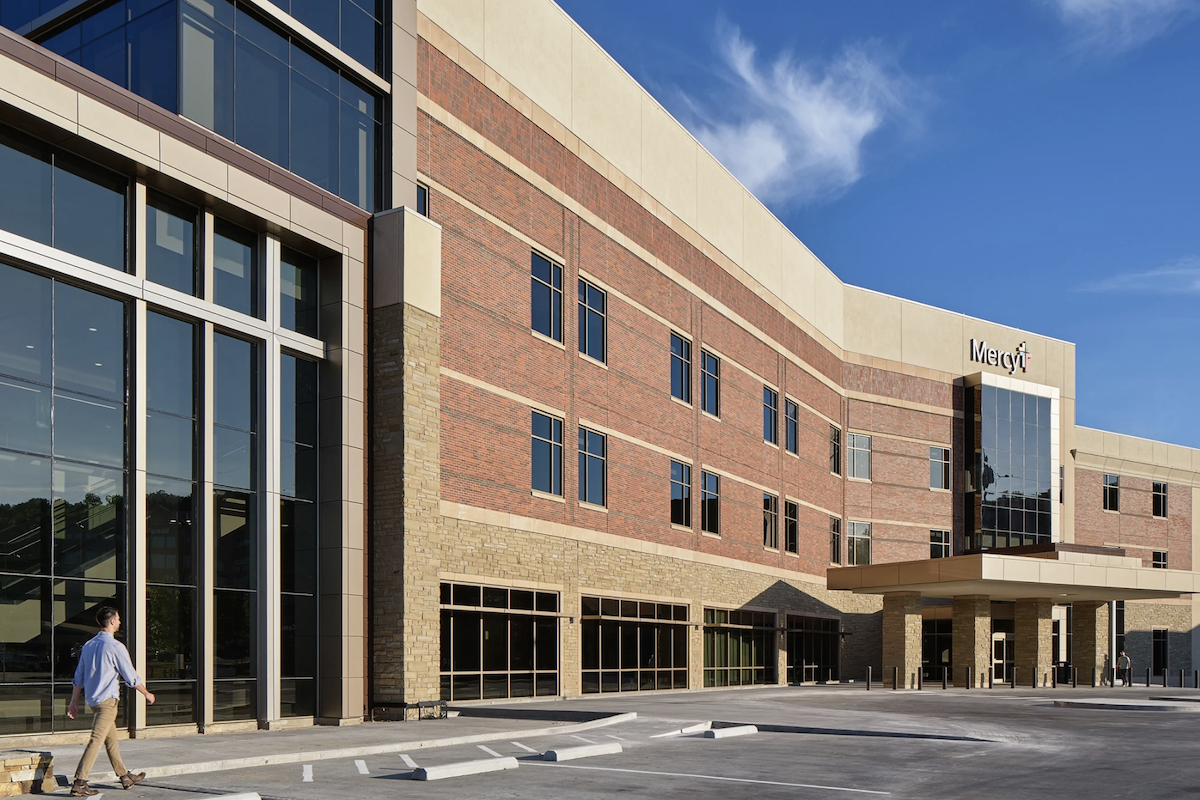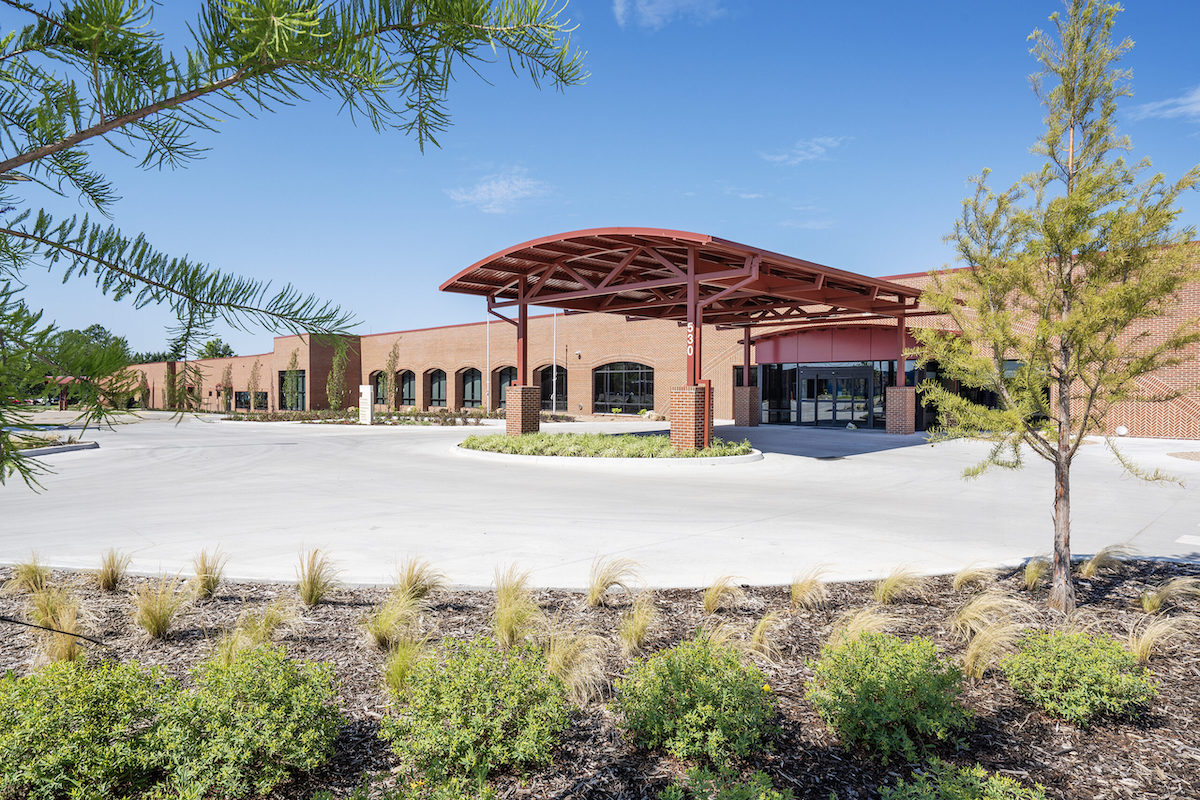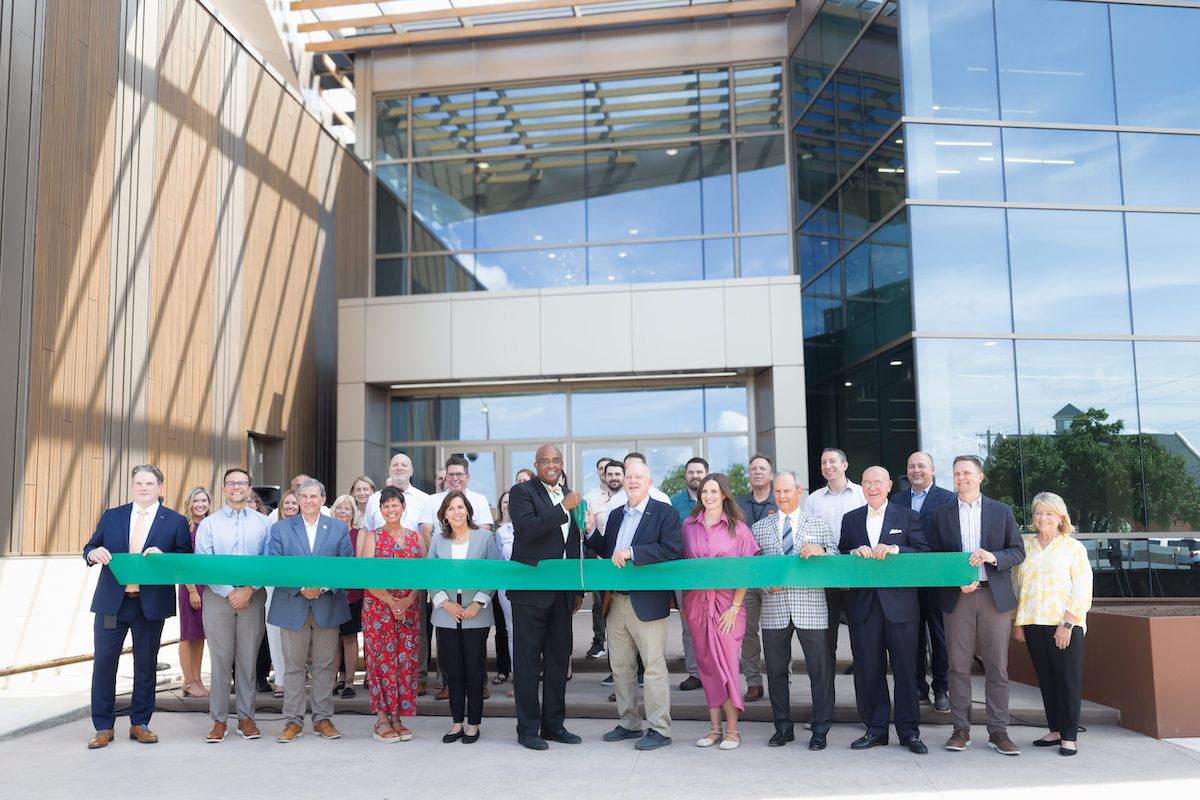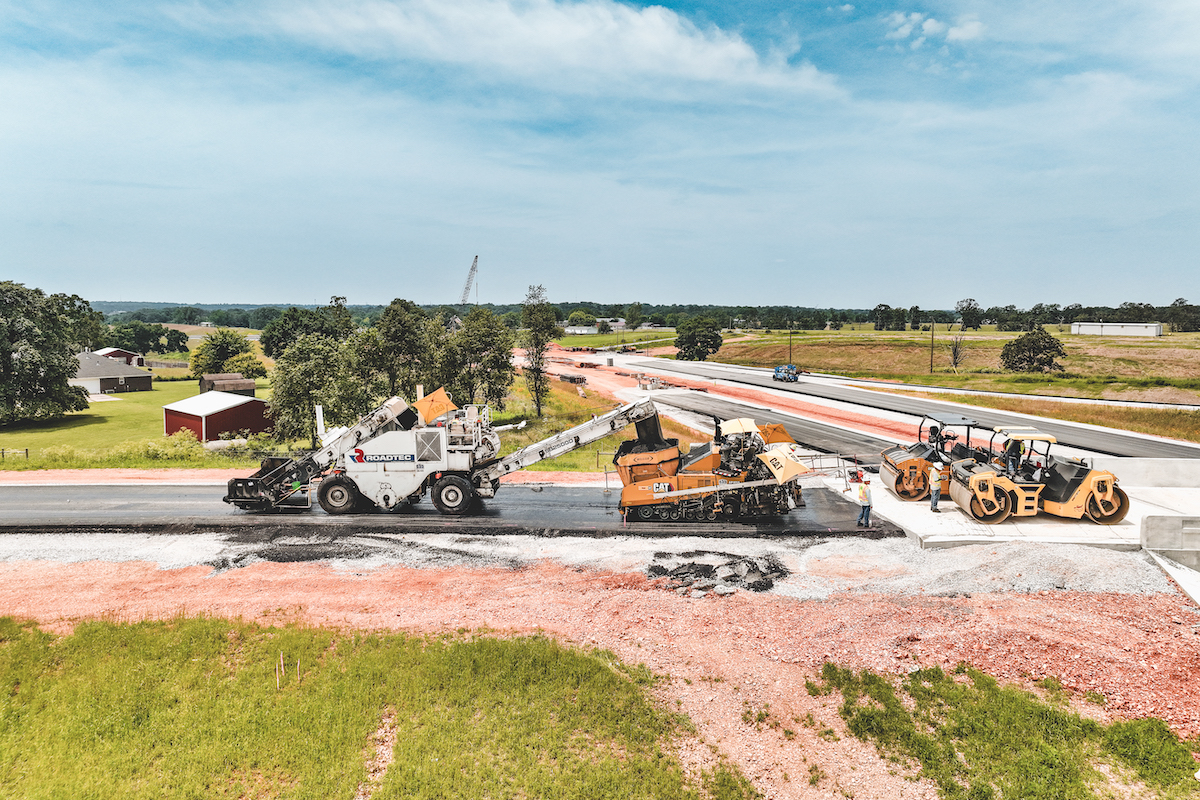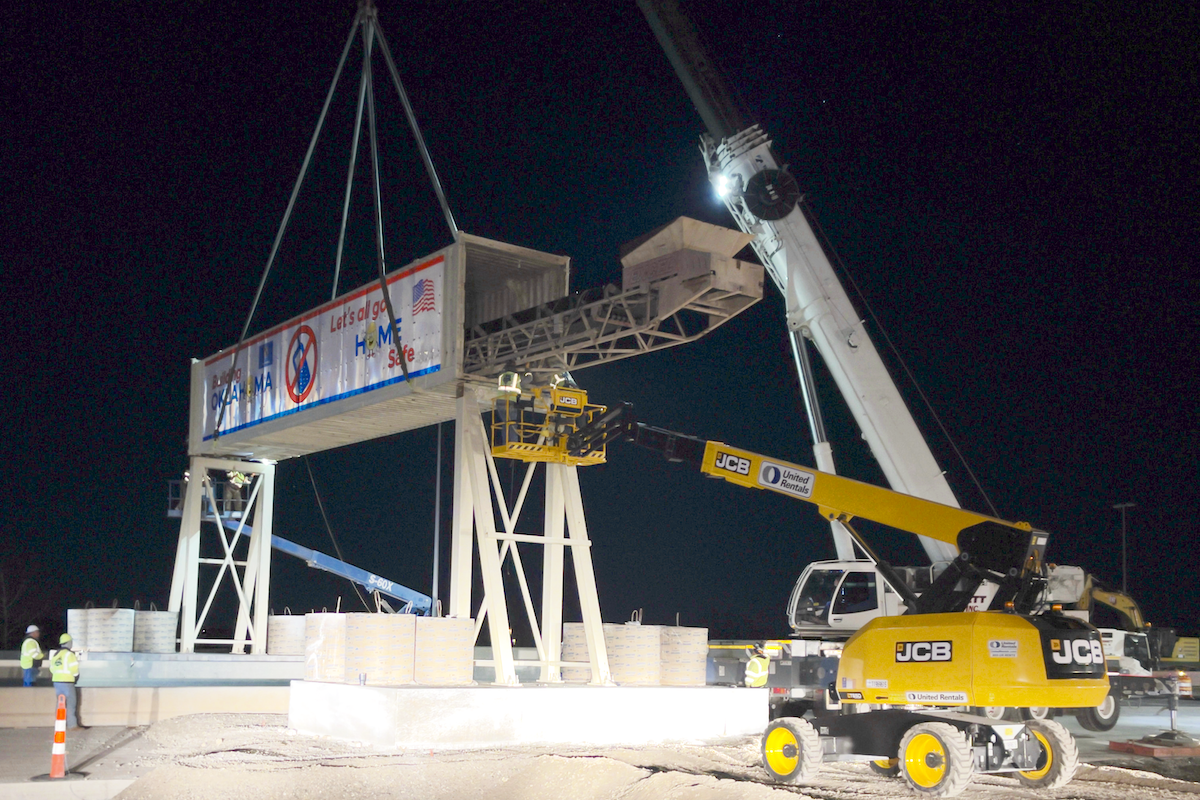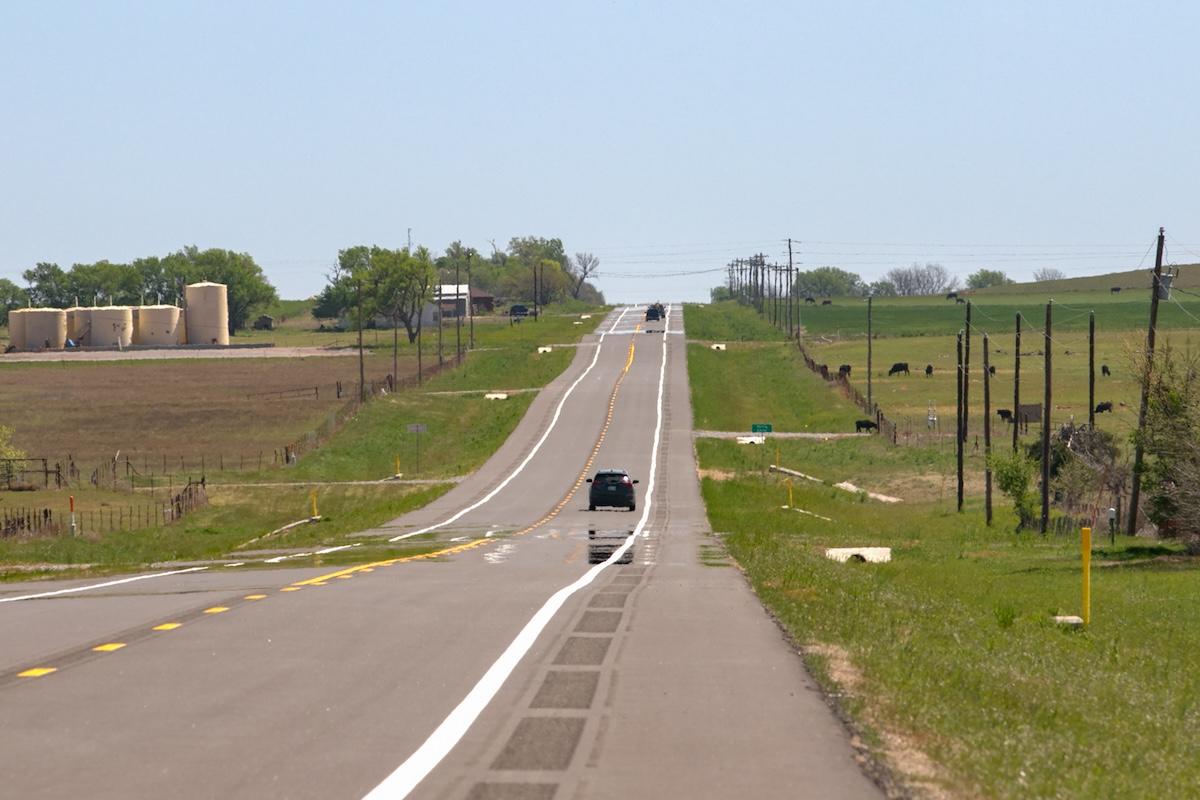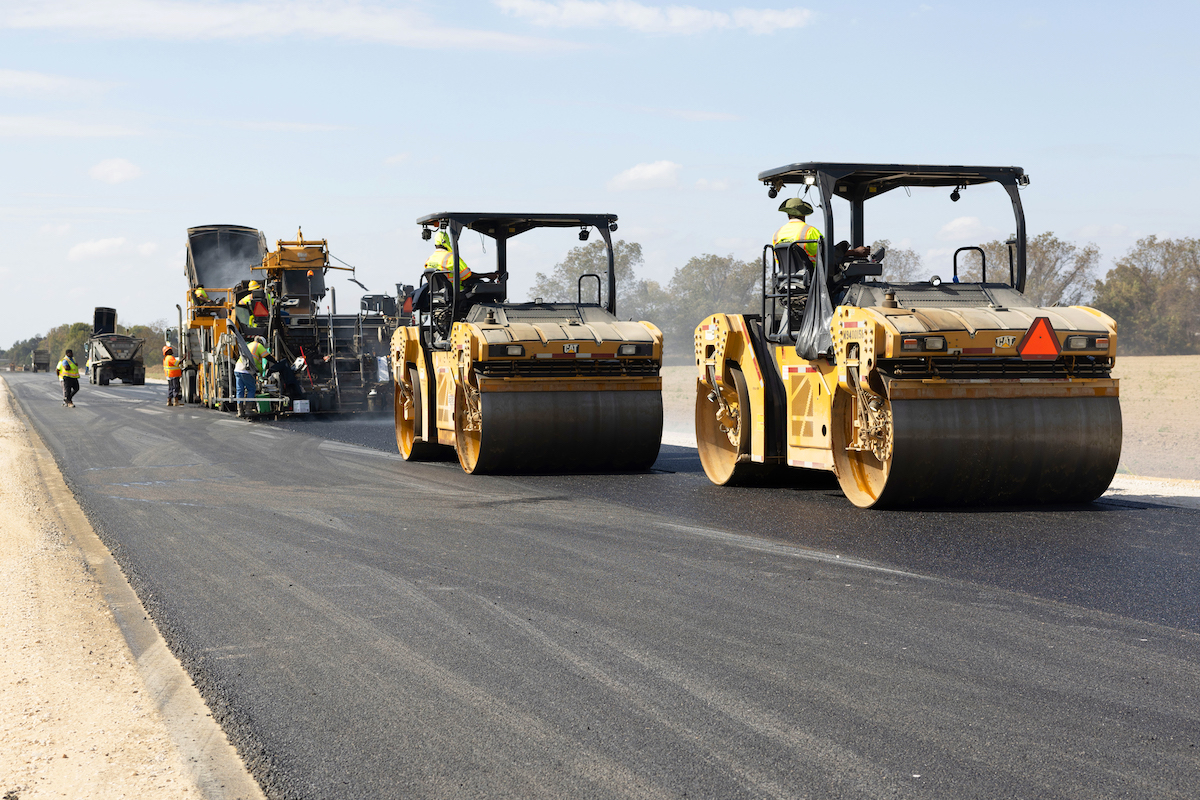The Klamath River Revival project is the largest dam removal and environmental restoration and renewal project in United States history. It spans across two states, Oregon and California, and is overseen by the Klamath River Renewal Corporation (KRRC), a private, independent nonprofit organization formed to oversee the project, based in Berkeley, California. It involves the removal of four hydroelectric dams on the Klamath River to restore a free-flowing river and return the area around the dams to its previous natural abundance.
“This project promises to open up a whole new category within the construction industry,” said Dave Coffman, Project Manager for Resource Environmental Solutions, LLC (RES).
It addresses environmental concerns that have been an ever-growing factor in construction work and how the dismantling and/or removal of structures can lead to the restoration of natural environments that existed prior to construction. Coffman also pointed out that restoration of natural environments can apply to the areas around newly built projects, structures, and highways.
With an overall budget of $450 million, the project has two distinct phases. The first is the removal of four dams by Kiewit, based in Omaha, Nebraska. Their part of the project is being delivered through a progressive design-build delivery model.
The second is the restoration by Houston, Texas-based RES of 2,300 acres of the river and the area around it. Its progressive design-build contract with a performance guarantee has a final value of approximately $100 million.

| Your local Hitachi dealer |
|---|
| CLM Equipment Co |
Primary funding is provided by a surcharge to Oregon users by PacifiCorp, which services the region with electric power, as well as $250 million in State of California water bonds. The two states, plus PacifiCorp, are providing an additional $15 million each to a $45 million contingency fund.
The Klamath River was once known as the third largest salmon-producing waterway on the West Coast, with hundreds of miles of spawning habitat. Beginning in the early 1900s, the California Oregon Power Company — a predecessor of today’s PacifiCorp energy firm — built four hydroelectric dams along a 30-mile stretch of the river that runs from southeastern Oregon into northern California.
One of them, the John C. Boyle Dam, is in Klamath County, Oregon, about 12 miles north of the state border. The Boyle Dam was built between 1956 and 1958 and consists of an earthwork dam adjoining a concrete hydroelectric dam used to meet peak power demands. It formed the Klamath Reservoir.
About 20 years ago, the Un-Dam the Klamath movement arose following the 2002 Klamath River fish kill, in which between 34,000 (the official count) and an estimated 70,000 adult Chinook salmon died attempting to spawn in the river. It is considered the largest salmon kill in the history of the Western states.

| Your local Trimble dealer |
|---|
| WPI |
Meanwhile, PacifiCorp had developed enough generating capacity — including other renewable options beyond hydroelectric such as wind and solar — to no longer need power from the dams. The reservoirs formed by the dams led to the build-up of algae, toxins, and parasites, along with bacterial dangers to the salmon, steelhead trout, and other fish that populate the river.
In 2010, the Klamath Hydroelectric Settlement Agreement was drawn up, outlining a plan to remove the dams (amended in 2016). It had 45 signatories: federal agencies, California and Oregon state agencies, counties and local governments, PacifiCorp, Native American tribes, plus other affected and interested parties.
The Klamath River Renewal Corporation was formed by those signatories to oversee the dam removals and restore the river’s environment. Its CEO, Mark Branson, has a construction industry background, having worked for CH2M Hill as a Senior Vice President in Water Resources & Environmental Management.
Following the decommissioning of the dams by the Federal Energy Regulatory Commission, PacifiCorp transferred ownership of the four dams to KRRC.

| Your local Wirtgen America dealer |
|---|
| Kirby-Smith Machinery |
The project spans some 60-plus miles of river and 2,300 acres. “It extends from a point about 8 miles downstream from Iron Gate all the way upriver, crossing the state line into Oregon through the former J.C. Boyle Dam footprint to the upper end of the Boyle Reservoir footprint,” Coffman said.
The Boyle Dam’s earthen berm was breached in January of this year. The hydroelectric plant is currently being dismantled by Kiewit.
The flow of tainted water from the reservoirs resulted in the killing of salmon, trout, and other aquatic species in the river, as well as the deaths of animals like beavers and some deer.
“The states of Oregon and California and the federal government came together and through years of study analyzed impacts to the environment,” Coffman said. “What that all boiled down to was a recognition that while this project would have an effect on the river during and immediately following dam removal, that short-term impact was worth the long-term benefit of a free-flowing river.”

| Your local Yanmar dealer |
|---|
| CLM Equipment Co |
| WPI |
RES will be revegetating the former reservoirs and riverside acreage with plants and trees indigenous to the area. “Over the course of the project, we will probably end up planting about 20 billion seeds,” Coffman said. “And we're targeting somewhere between 300,000 and 400,000 trees. Plus a whole lot of acorns.”
The seeding is done in multiple rounds. “The first round started immediately following drawdown,” Coffman said. “The two primary methods we used for the initial seeding effort were, first, hand seeding. It's not the most efficient way to do things, but we get a lot of precision out of it. And then broadcast seeding with helicopters in areas where it just wasn't conducive to hand seeding, usually from a safety perspective.
“Once the ground has dried out, we're employing more traditional agriculture techniques — prepping the ground for planting and then using seed drills behind tractors for the bulk of the reservoir footprints on our second round of seeding. The areas we can't get to with the seed drills will get hand seeded. All of the trees on the project get planted by hand.”
Although the bulk of the restoration work is in California, the Oregon segment required some different approaches, Coffman pointed out.

| Your local Bomag Americas dealer |
|---|
| WPI |
“The growing season at the site in Oregon begins about a month later than the sites in California. And winter sets in about a month earlier in Oregon than it does in California,” he said. “So from a restoration perspective, the biggest difference is in climate. And then with that, we have different species that can be grown to provide the vegetative coverage up in Oregon. We have the ability to plant ponderosa pine in Oregon, and it won't survive in the California sites, for instance.”
The project has benefitted the indigenous peoples along the river, which has also been a boon for RES in engaging workers in a remote, sparsely populated area.
“We have partnered with the Yurok, Karuk, and Klamath tribes for assistance with different activities on the project,” Coffman said. “Our largest subcontractor to date has been the Yurok Tribe. They've done the bulk of the hand seeding and planting so far, plus seed collection and invasive species management. The Karuk Tribe has worked with us on some of our fisheries’ mitigation measures. The Klamath Tribe has a water quality lab, and we use it for just about everything.”
RES has also sought to engage the Shasta nation, who are recognized as a tribe by the State of California but not the federal government. “We’re currently in the process of developing a contract with them to do seed collection and planting work,” Coffman said.

| Your local Gomaco dealer |
|---|
| Clark Machinery |
When the river is restored as a salmon breeding area, it will prompt growth for the fishery endeavors of the tribes. The project is also cultivating experienced construction workers amongst the tribal peoples to help counteract the industry’s ongoing labor shortage.
Restoration has an entirely different measure of project completion from traditional construction projects. “We have a minimum monitoring requirement for five years,” Coffman said. “So we'll be here for five years and until performance measures are met.
“There's a couple of scenarios. If the performance criteria are met, let's say, in year three, we still have to monitor and report on it for another two years. Let's say that we've met our mitigation performance requirements by year five. It's very likely that the success criteria will not be met 100 percent in all areas by year five. It's likely that we'll be on the project until at least the mid-2030s, getting the restoration to a point where it's sustainable and resilient.”
Unlike most construction projects, which usually have one owner or possibly an ownership partnership, the Klamath River Revival has a plethora of stakeholders that the contractors and KRRC are obliged to work and interface with. The project is also overseen by state and federal regulatory agencies.

| Your local Takeuchi Mfg Ltd dealer |
|---|
| Kirby-Smith Machinery |
Its remote rural locale and the size of the job site also complicates logistical matters. The RES staging yard is in Hornbrook, California, close to the Iron Gate Dam site.
“As the crow flies, the site spans across about 30 miles of distance,” Coffman said. “To drive from our yard in California up to the restoration site in Oregon, it’s double that distance. As you cross the state line there’s weigh stations and agricultural checks, and we're in the Cascade Mountains. In an hour and a half, we might get 60 miles out here.”
With a project as large in breadth as this that affects so many people, the Klamath team has had to vigorously engage with the public and media.
“A lot of the opposition to the project was based on people believing that the dams stored water for agriculture, and so they felt it was an attack on agriculture, or taking water away from municipalities, or were operated for flood control,” RES Director of Community Affairs Dave Meurer said. “These were single-purpose dams — hydropower only.”

| Your local Trimble Construction Division dealer |
|---|
| SITECH Tri-Rivers |
The unusual nature of the endeavor prompted unusual public concerns, Meurer pointed out. “At a public meeting with homeowners, one of the first questions was, ‘We heard that you're going to plant poison oak and star thistle,’ which of course are two plants that we would never plant under any circumstances,” he said.
Another was that the reservoirs “would just be a barren wasteland and a dust bowl, when in fact we began replanting literally within 48 hours of the reservoirs being drained,” Meurer said. Regular public meetings and social media posts countered fears and rumors and informed concerned citizens.
RES, Kiewit, and KRRC have managed to keep the entire enterprise moving forward and on schedule. By the time this story is published, salmon will be coming into the river from the sea for the first time in more than 100 years.
Through a combination of the more old-school industry techniques used to disassemble the dams and the burgeoning restoration segment of the construction business in which RES is the largest contractor, the Klamath project has rebuilt something that creates economic benefits, plus serves the environment and people along the river and beyond.

| Your local Hitachi dealer |
|---|
| CLM Equipment Co |
| ASCO Equipment |
“We are seeing a movement and a shift in the industry and the regulatory realm to do more restoration for the sake of the environment,” Coffman said. The Klamath River Renewal indicates future directions and potential in the construction business.






















